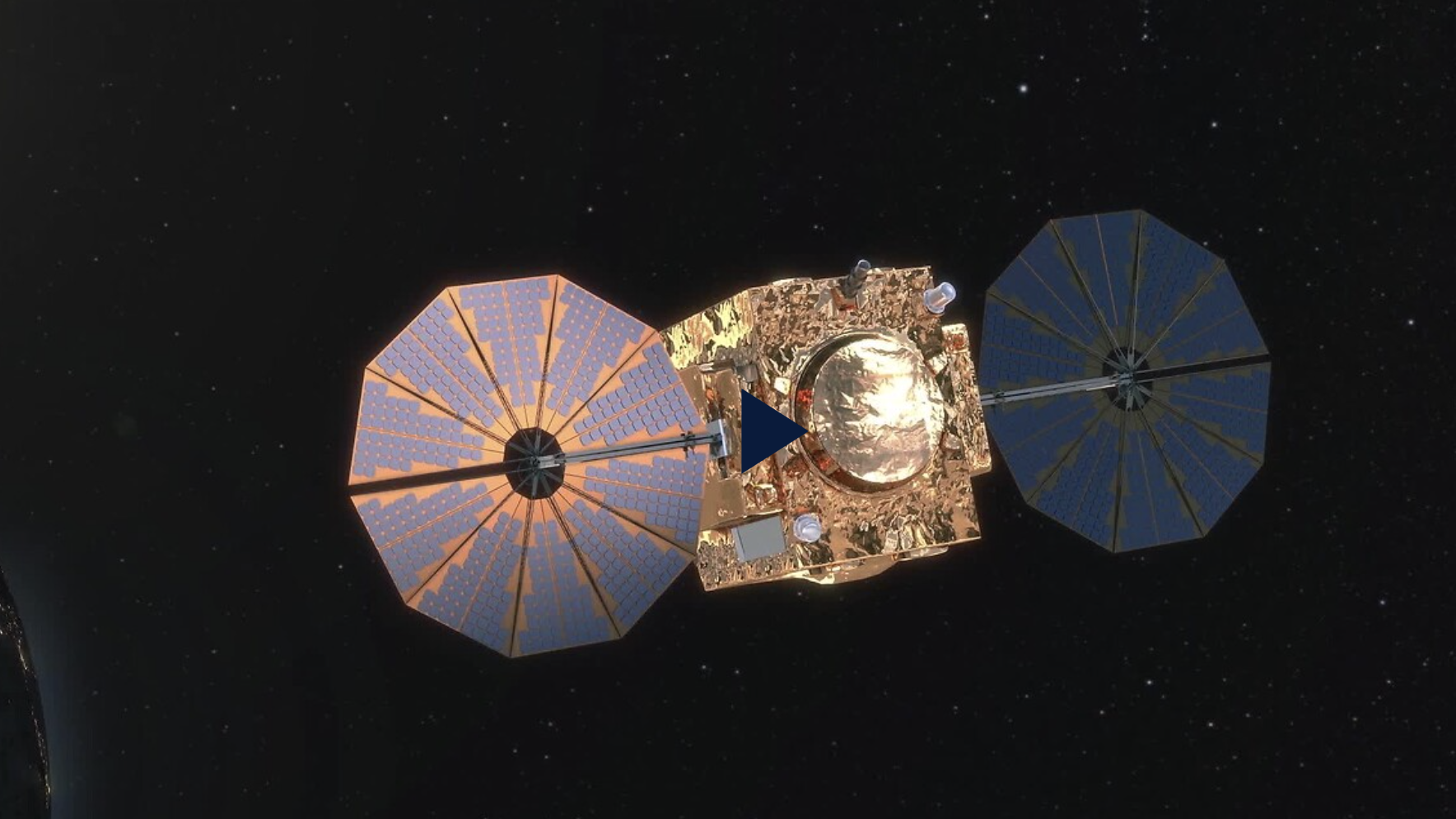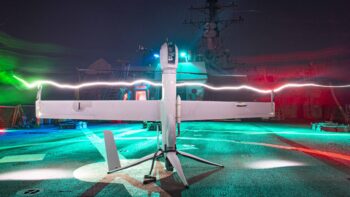
Airbus’ Pléiades Neo Constellation will sport a 30 centimeter resolution. (Graphic: Airbus)
WASHINGTON — The National Reconnaissance Office has chosen five companies to provide innovative capabilities for remote sensing via electro-optical (EO) cameras, the spy satellite agency announced today.
“The commercial EO market continues to expand with new capabilities and new providers,” said NRO Director Chris Scolese in the statement. “We are excited to continue our work with mission partners and the user community to continually explore new providers and emerging capabilities so we can deliver first-class commercial EO solutions today and well into the future.”
The five Strategic Commercial Enhancements (SCE) contracts will allow NRO to study imagery and techniques used by the companies, which include novel ways of processing images to increase their fidelity and resolution. Companies receiving awards under the agency’s Broad Agency Announcement (BAA) Framework are Airbus U.S. Space and Defense, Albedo Space, Hydrosat, Muon Space and Turion Space.
NRO issued a draft request for proposals for the new program in May, citing the need to keep up with ground-breaking technologies being developed by commercial industry for EO and related types of imaging.
NRO issued a first round of 10-year EO contracts in May 2022 under the Strategic Commercial Enhancements BAA process, which allow the agency to quickly award contracts to commercial imagery providers. Those awards went to three US commercial remote sensing firms: Maxar Technologies, Planet and BlackSky.
While the agency generally does not release the value of its contracts (its entire budget is classified), the announcement explained that the five new contracts are comparatively “smaller in scope” than the earlier ones and “are designed to assess emerging providers and capabilities, and intended to leverage those capabilities to meet mission needs.”
The assessment process will have two stages, the NRO announcement explained. “The first stage focuses on analytic studies to provide estimates of system capabilities at both the individual sensor and constellation levels, as well as business and cybersecurity planning. The second stage focuses on assessing on-orbit capabilities and procuring data products.”
‘Changes’ expected in ISR satellite operations to sort NGA, Space Force roles: White House official
“In the end, what we’re really going to have to figure out here is: what needs to change? Is it policies? Is it authorities? Is it processes? Is it funding? Is it purely just advocacy and communication?” said National Space Council Director Chirag Parikh.


























